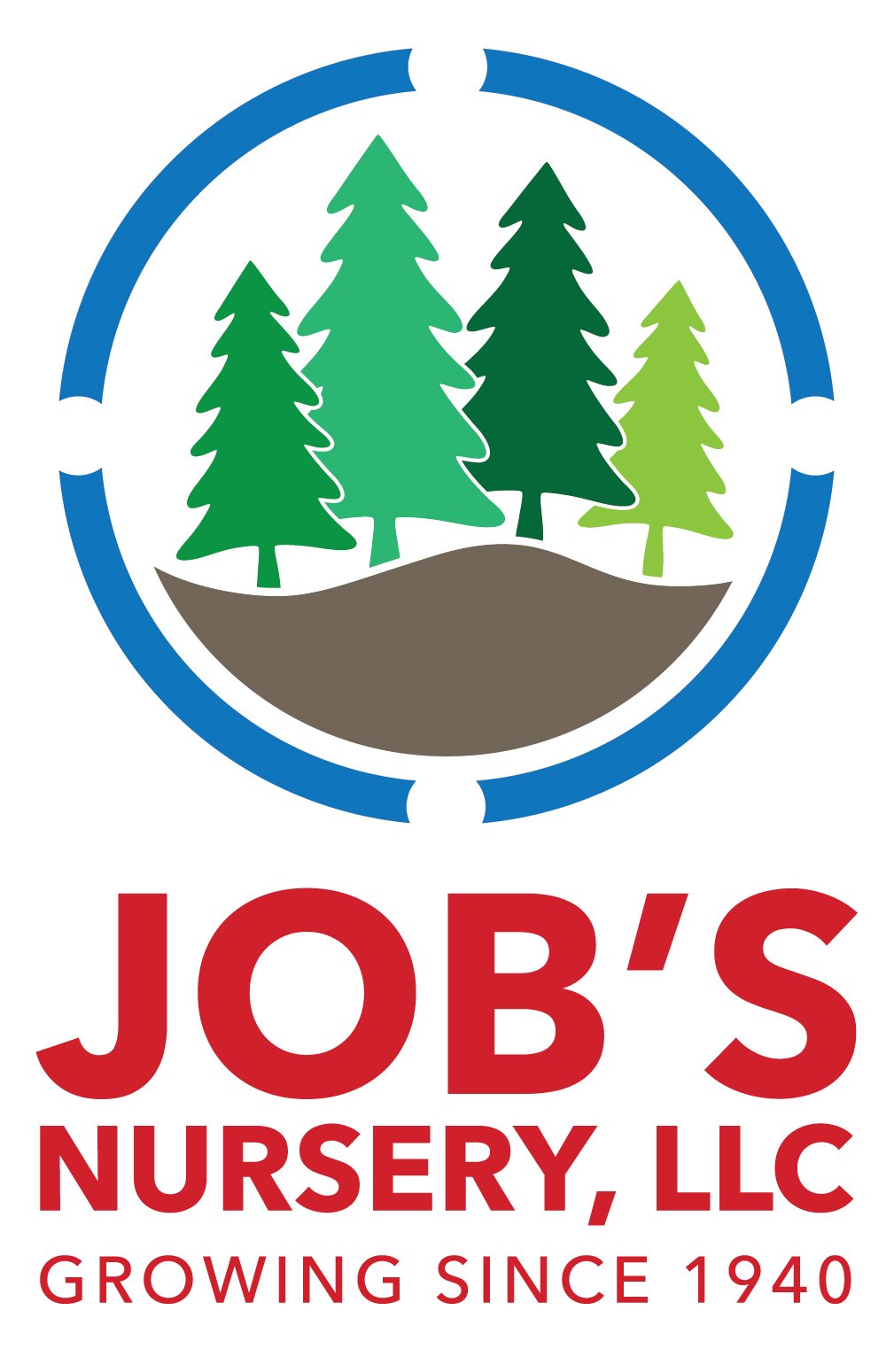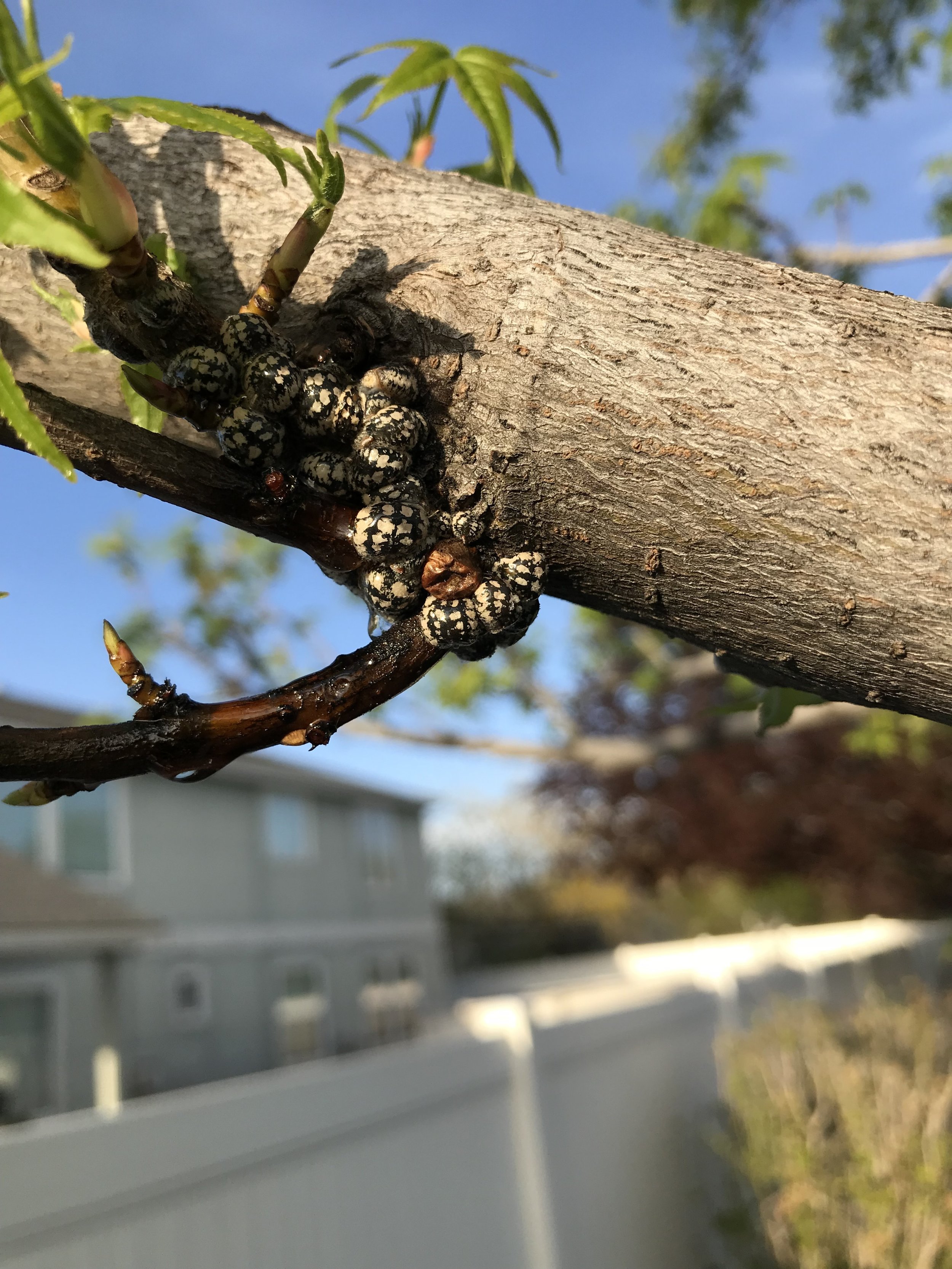Pruning roses is really easy with the right techniques and tools. What we are going to do is break down pruning to time of year, so you can keep this as a little calendar of care for your roses.
Mid February to Early March-The Rejuvenating Pruning
Recommended Tools: Loppers, pruning shears, canvas or denim coat, thick gloves and eye protection.
The goal for rejuvenating pruning is to refresh the plant by cutting it way back and thinning out some of the older canes.
For Miniatures, Shrub, Floribundas, Hybrid Teas, Grandifloras, and David Austin or Romanitca roses, you want to take the loppers and cut the canes down to about 18 inches to 24 inches. Once cut down, remove any damaged, dead or crossing branches with the pruning shears or loppers. Next you will remove about a third of the canes (some older, some newer) with the loppers. For climbers, we generally with leave them trained to the trellis, we just remove the crossing, damaged or dead branches and canes. For Ground Cover Roses, shear back to 2 to 3 feet wide and thin out the damaged, crossing and dead branched.
April till Mid Octoberish- Deadheading and shaping.
Recommended Tools: Pruning Shears, thick gloves and eye protection.
Deadheading and shaping is to remove spent blooms and errant growth. This is recommended to do at least monthly, to promote new blooms on most classes.
For Hybrid Teas, Floribundas, Climbing, David Austin/Romanitca, and Shrub Roses; we recommend grabbing the stem just below the base of the bud (less thorns are there). You want to cut at a 45 degree angle just above the second fifth leaf set. If the plant is leggy or you want to reduce its height you can cut lower than this leaf set.
For Miniatures, grab the stem below the bud and cut just above the first leaf set.
For Ground Cover Roses, generally we don’t worry about dead heading because they are self cleaning and it takes way to long trim out all those blooms. Mainly worry about if encroaching on sidewalks, patios or other plants. Cut back and your done.
October or November-Prepping for Winter.
Recommended Tools: Pruning Shears or Hedge Shears, thick gloves and jacket.
On all classes dead head and tidy up the shape of the plant, so looks decent for the winter. Hedge shears are okay to use on everything except for Climbers, they make the job quick and easy. �For climbers, just use pruning shears to selectively remove spent blooms and errant branches.
Written by
Alex Job










